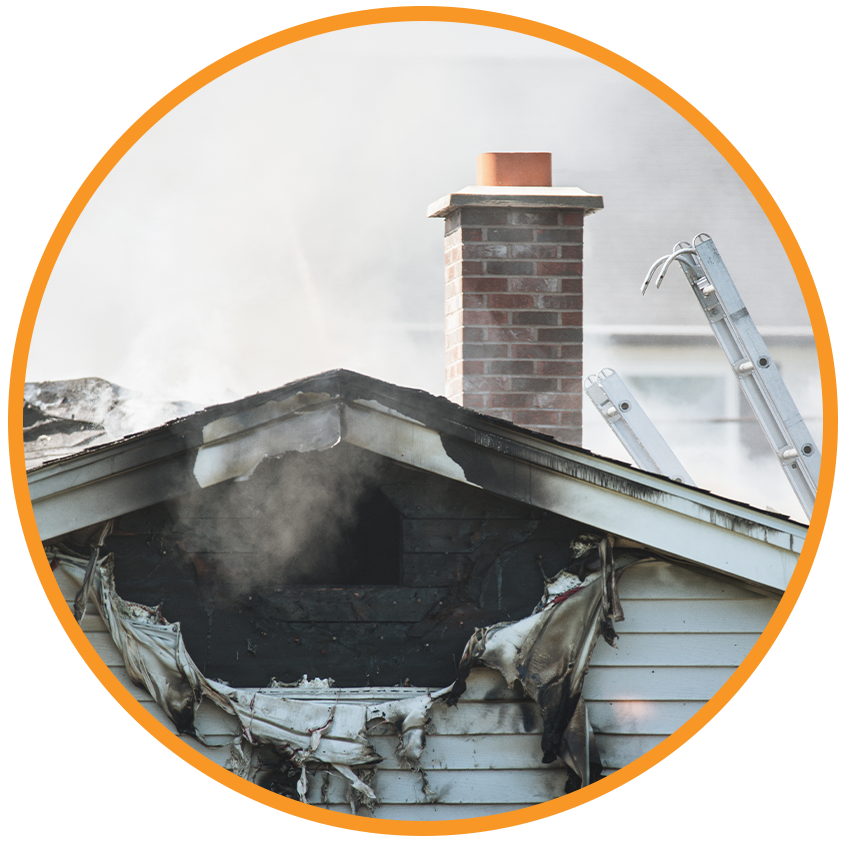
The Silent Aftermath of Fire: What You Can’t See Can Hurt You
Smoke and soot are more than dirty reminders of a fire—they’re toxic, corrosive, and persistent. After the flames are gone, the true damage unfolds quietly in the form of staining, odor, and air contamination. Choosing how to handle smoke and soot cleanup is crucial: do you roll up your sleeves or bring in a professional team? Let’s dive deep into both paths, break down what each entails, and help you protect your home and health. For homeowners looking to upgrade their air filtration systems,
offers several top-rated options.
DIY Smoke and Soot Cleanup: When You Should and Shouldn’t Try It
Tackling Minor Incidents at Home
DIY smoke and soot cleanup is sometimes manageable, especially for small, contained fires. A minor stovetop incident or fireplace mishap might leave behind superficial stains and odors. If there’s no structural damage and the smoke hasn’t traveled far, a homeowner with the right tools and patience can often take control.
Benefits of the DIY Approach
- Cost-effective for small-scale damage
- Immediate action helps limit long-term damage
- Empowers homeowners to reclaim their space quickly
Step-by-Step Smoke and Soot Cleanup for DIYers
- Personal Protection First
Always wear an N95 mask, gloves, safety goggles, and protective clothing to avoid exposure to hazardous particles. - Ventilate the Area
Open windows and use box or exhaust fans to push smoky air out and draw fresh air in. - Dry Cleaning Comes First
Use a dry-cleaning sponge (chemical sponge) to gently wipe soot from surfaces. Avoid water initially—it can smear and set the residue. - Degrease & Deodorize
Apply a degreasing solution or a mix of vinegar and water to walls and hard surfaces. Scrub carefully and use clean rags frequently. - Don’t Forget the Air
Run a HEPA filter air purifier for several hours to trap airborne smoke particles.
When DIY Isn’t Enough
If smoke has seeped into insulation, ductwork, or upholstery, or if you’re dealing with oily soot (common in kitchen fires), the task becomes complex. Delaying professional smoke and soot cleanup in these cases could lead to worsening corrosion and persistent odors.
Professional Smoke and Soot Cleanup: The Pros Have the Tools—and the Experience
Why Professionals Are Worth Every Penny
Certified smoke and soot cleanup professionals use high-grade tools and techniques not available to homeowners. Their methods are not just about cleaning but also restoring your home to a safe, livable state.
Top Advantages of Hiring Experts
- Industrial Equipment
HEPA vacuums, air scrubbers, thermal foggers, and ozone generators eliminate soot and odors thoroughly. - Hidden Damage Detection
Pros can spot and treat smoke residue behind walls, in air vents, and in attic spaces. - Speed and Efficiency
A professional crew can clean in days what might take weeks for an individual. - Insurance-Friendly
They provide documentation and estimates that simplify the claims process.
What to Expect from a Professional Smoke and Soot Cleanup Service
- Detailed damage assessment and photo documentation
- Deep cleaning of affected surfaces using specialized chemicals
- Odor neutralization with fogging or ozone treatment
- HVAC system inspection and duct cleaning
- Restoration or replacement of damaged materials. You can learn more about home fire preparedness and response protocols at
.
Comparing DIY vs. Professional Cleanup
|
Criteria |
DIY |
Professional |
| Cost | Lower upfront | Higher upfront, long-term value |
| Time | Slower | Faster |
| Equipment | Basic tools | Commercial-grade equipment |
| Risk | Higher for health & home | Minimal risk, maximum efficiency |
| Suitability | Light damage | Moderate to severe damage |
Essential Tips for Smoke and Soot Cleanup Success
- Always test cleaning solutions on a small area first
- Never use a standard vacuum—it can blow soot particles into the air
- Wash clothing and fabric items with baking soda or vinegar
- Replace furnace filters frequently during and after cleanup
- Clean room by room to stay organized and thorough
Frequently Asked Questions (FAQ)
How soon should smoke and soot cleanup begin after a fire?
Cleanup should begin as soon as it’s safe to enter the property. The longer soot sits, the more it damages surfaces and embeds into fabrics. Products like dry-cleaning sponges and degreasers can be sourced from specialized sites like
.
Can I use household cleaners for smoke and soot cleanup?
Some household degreasers can work, but avoid anything ammonia-based. Professional-grade products are more effective for deep cleaning and odor removal.
Is smoke and soot cleanup covered by homeowners insurance?
In most cases, yes. If the fire and resulting damage are accidental, insurance typically covers professional smoke and soot cleanup services.
What’s the difference between smoke damage and soot damage?
Smoke refers to airborne particles and gases, while soot is the black, powdery residue that settles after combustion. Both require different treatment methods.
Final Thoughts: Don’t Underestimate Smoke and Soot Cleanup
Fire might be the dramatic part, but smoke and soot cleanup is where the real battle begins. For small messes, DIY efforts can be effective—but if the smoke damage is extensive or you’re unsure, investing in professional services is the smartest move. A thorough, timely smoke and soot cleanup ensures you won’t face lingering smells, unhealthy air, or hidden damage weeks or months later.
Whether you’re doing it yourself or hiring the pros, the goal is the same—restoring your home to a safe and clean state. Choose the route that best protects your health, time, and property.
Learn how to protect your home from fire damage at https://worldigital.com.
